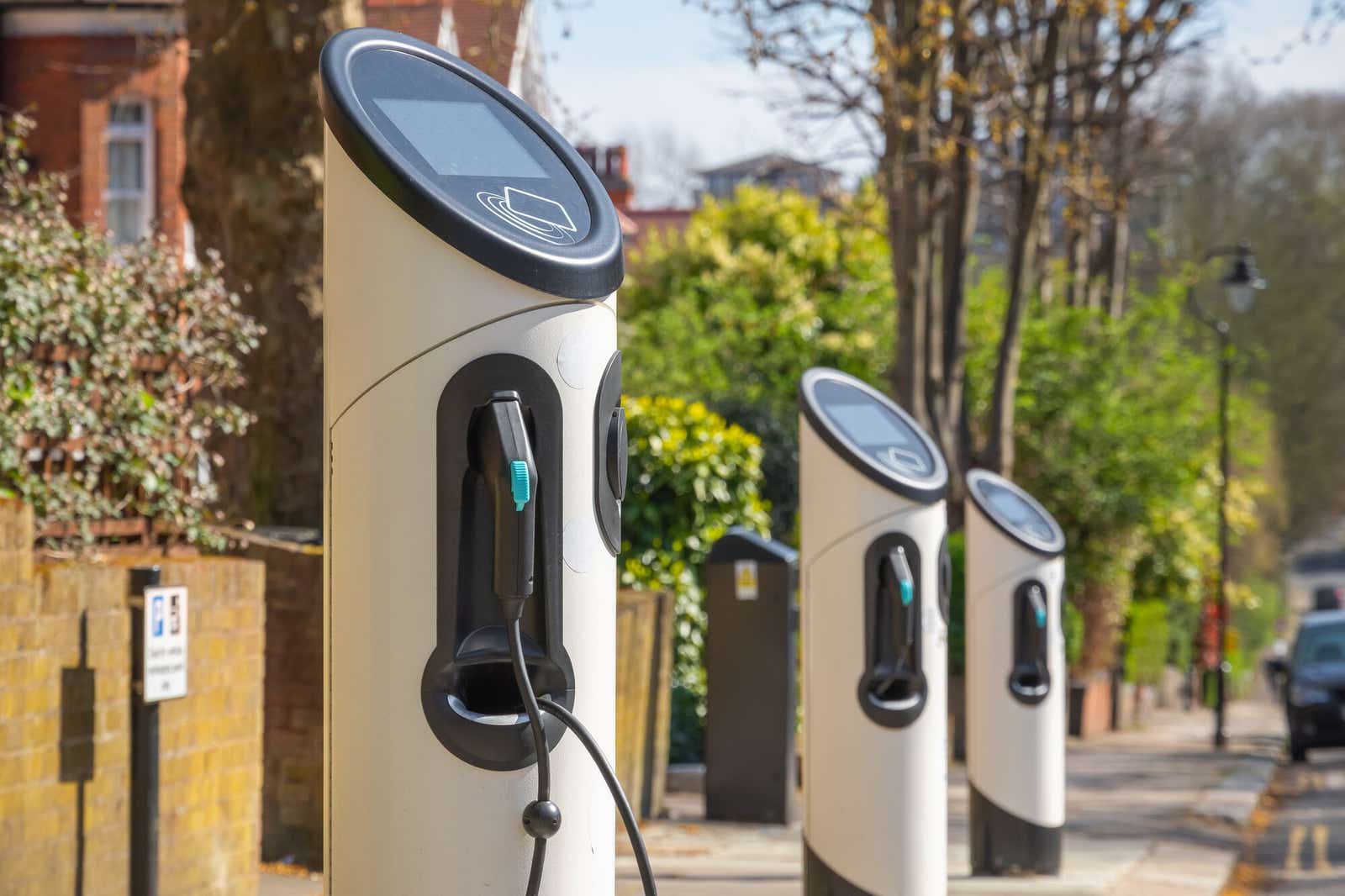In 2019, passenger vehicles worldwide emitted 3.2 billion tonnes of carbon dioxide into Earth’s atmosphere, over one billion tonnes more than had been recorded in 2000.
It means the benefits of new technologies – like electric vehicles and cleaner fuel formations – are being cancelled out by the growth in the number of vehicles on our roads and the number of car journeys being taken. Are you looking to cut your car emissions?
What are the CO2 emissions of my car?

Before you can reduce your emissions you need to find out the CO2 emissions of your car.
You can find out your vehicle’s official CO2 emissions in one of two ways. If you know the registration number, visit the portal to check if a vehicle is taxed and has an MOT, enter your car’s reg and click “Continue”. Verify the make and colour match, then choose Yes and click Continue. You’ll see its official car CO2 emissions figure under ‘Vehicle Details’.
These figures are used to calculate a car’s tax band, but they’re only a benchmark
How to check car emissions
Your car’s CO2 emissions are checked every year as part of its MOT test, so check your certificate for the latest results – you’ll see it’s tested both while idling and fast idling. If your vehicle is pulled over for a roadside check, it may be tested for emissions – this often happens in areas designated as ‘Air Quality Management Areas’ by your local borough council. If your car fails the check, you’ll be given 10 days to take it to a garage to have it fixed. In some extreme cases, the notice may come into effect immediately, meaning you cannot use the vehicle. In both events, failing to fix the problem could result in prosecution.
If you’re planning to travel to London by car, it also pays to check if your vehicle meets the emissions and safety standards required. Depending on where and when you travel, you may be liable to pay the Congestion Charge (£15/day), Ultra Low Emission Zone (£12.50/day) and/or Low Emission Zone (£100-300 per day, applies to larger vehicles only). Simply enter your number plate into TFL’s “Check your vehicle” portal to confirm what charges you’ll be liable for. Electric vehicles are exempt from all charges, while most petrol or diesel cars will only be liable for the Congestion Charge.
How to reduce car emissions

The most effective way to reduce car emissions is – of course – to drive less. Think twice before getting in your car, particularly for shorter journeys where vehicles emit more pollution as the engines warm up. Could you walk instead, or reach your destination by bicycle or public transport? Try to avoid driving alone – look for car sharing or carpooling opportunities with friends or colleagues.
If you do need to drive, consider purchasing an electric car as your next vehicle. Not only is it cheaper to charge a car battery than fill up with petrol, electric cars don’t have emissions! Therefore, your electric car won’t contribute to climate change (although you should be mindful about the source of electricity you use to charge it). If you’re unsure what electric car you should buy, compare electric cars to find the right car for your needs.
If your journey to work is greater than six kilometres, the International Energy Agency estimates that working from home doesn’t simply cut your car emissions, but reduces your overall CO2 footprint too.
How to reduce air car pollution
Looking to reduce emissions without cutting the number of miles you travel by car?
Buying a more environmentally friendly car is the best way to reduce air pollution if you still need to travel far by car. Switch from petrol or diesel to either a full battery electric vehicle (BEV) or a hybrid that combines electric with traditional fuels to deliver more efficient and environmentally friendly travel. Check out the Uswitch EV charging hub to read everything you need to know when purchasing an electric vehicle.
Regardless of whether you’re able to trade up to a more fuel-efficient car, also look to change your driving style to reduce your emissions, with the added benefit of improving your fuel economy to save you money. For example, the US Department of Energy states that aggressive use of the accelerator and brake pedals can reduce your mpg by 15% to 30% on the open road, and 10% to 40% in urban areas.
It also points to driving at the speed limit, removing any excess weight (including empty roof carriers) and avoiding idling for longer than 10 seconds. Also make sure your car is regularly serviced according to your manufacturer’s recommended schedule.
What is classed as a low emission car?
Prior to 2015, a low-emission car was a petrol or diesel vehicle that produced smaller amounts of carbon dioxide than previous models. After the VW dieselgate scandal, low-emission vehicles must now produce a fraction of nitrous oxide (NOx), carbon monoxide and hydrocarbons in addition to the carbon dioxide of cars they’re designed to replace.
Low-emission cars are rated according to Euro emission legislation. It’s on to its sixth revision (Euro 6), which applies to most new vehicle registrations since September 2015.
Methods of sustainable transport
The two most sustainable methods of transport are walking and cycling, neither of which emit any greenhouse gases.
Failing that, public transport is far more sustainable than privately owned vehicles.
Hybrid and BEV vehicles are more sustainable than petrol and diesel vehicles. Make sure to get a specific electric car tariff and check they use renewable forms of electricity to charge.
What does car pollution do to the environment?
The pollutants in petrol and diesel include carbon monoxide and carbon dioxide, which are greenhouse gases and contribute to climate change. In addition, pollutants such as nitrogen oxides (NOx), sulphur dioxide and benzene cause air pollution, such as smog. An additional pollutant caused by diesel engines not fitted with DPFs (diesel particulate filters) are airborne particles of black soot and metal.
In addition to contributing to climate change, car pollution has a detrimental effect on human health, particularly those living in congested areas in towns and cities. A range of health problems, from skin irritation and allergies to asthma and heart disease, can all be attributed to petrol exhaust fumes. In addition, diesel exhaust fumes have been linked to lung cancer.
Exhaust blockages can lead to carbon monoxide poisoning inside cars, which leads to headaches, respiratory problems and even death.
Professor Sam Fankhauser, Research Director at Oxford Net Zero, comments:
"Surface transport is now the largest source of carbon emissions in the UK, but we can all help to bring them down.
"The most straightforward way is by driving less and walking, cycling, or using public transport.
"Obviously, we still need cars, so why not make your next car an electric one? More electric car models are becoming available for all tastes and budgets. They cost more initially, because of their large battery, but they are incredibly cheap to run, so you'll recoup most - if not all - of that money by saving on petrol."
FAQs
What are car emissions?
Car emissions are substances – typically gases – released into the atmosphere when fuels are burnt to power your engine. These include pollutants such as carbon monoxide, carbon dioxide, sulphur dioxide and nitrogen oxides. Emissions contribute to climate change as well as having negative impacts on health through increased air pollution.
What emissions do cars produce?
The substances emitted from petrol and diesel car exhausts include carbon dioxide (CO2), carbon monoxide (CO), nitrogen oxides (NOx), sulphur dioxide (SO2), hydrocarbons (HC) and Benzene (C6H6). The amount of emissions varies according to the car’s make, model and size.
What is car pollution?
Vehicle pollution is primarily the exhaust fumes from cars, which contains a potent mix of substances, many of which are harmful to health and/or the environment. Other sources of pollution come from tyres and brakes, which produce tiny particles of dust, some of which is plastic.
What percentage of pollution is caused by cars?
In 2019, the UK’s total domestic emissions came to 454.8 million tonnes of greenhouse gases. Of these, 67.7 million tonnes were attributed to cars and taxis, around 14.9% of the total amount.
What percentage of all emissions does road transport account for in the UK?
The Department for Transport reports that transport is responsible for 27% of total UK greenhouse gas emissions, with over half of the UK’s transport emissions coming from cars.
Do cars emit greenhouse gases?
Yes, petrol and diesel cars emit greenhouse gases when being driven. These gases include carbon dioxide and nitrous oxide. Even though battery powered electric vehicles (BEV) don’t emit greenhouse gases directly when being used, they still have a carbon footprint through the electricity used to power the battery. All vehicles also create emissions during manufacture and servicing.
How much CO2 does a car produce?
The amount of CO2 produced by petrol cars depends on various factors, including engine type and size, and age of the car. The average emissions fell steadily in the UK from 171.4 grams per kilometre travelled in for cars registered in 2004 to 120.1g/km for cars registered in 2016. The figure then rose steadily to 127.9g/km in 2019 before falling again in 2020 to 112.8g/km.
These figures represent only a proportion of the total emissions produced by a car during its lifetime. When you factor in emissions generated from other sources, including manufacturing and maintenance, the figures are much higher.




